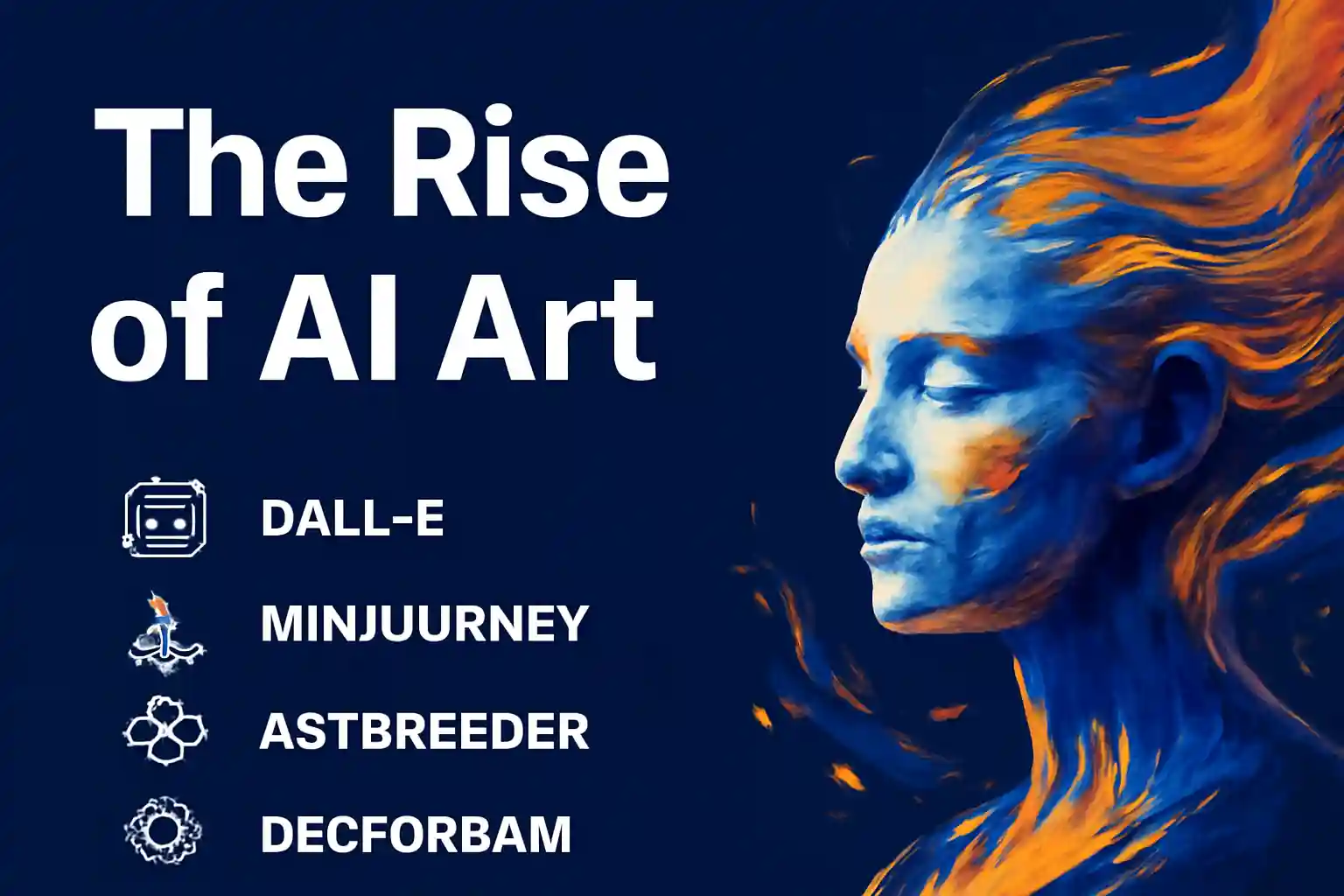Featured Text
“What began as a marvel of technological creativity has taken a chilling turn—undressing ai now threatens the very fabric of digital ethics, privacy, and consent.”
Introduction: When AI Innovation Crosses the Line
Artificial Intelligence (AI) has revolutionized countless industries—from healthcare and education to entertainment and security. Its potential for good is immense. But with great power comes an equally great risk of misuse. One of the most concerning developments in recent years is the rise of “undressing AI”—a deeply troubling application of generative technology that digitally removes clothing from images, often without consent.
This isn’t just about a creepy app or a digital prank—it’s a serious issue of digital sexual abuse, non-consensual content creation, and ethical violation. The misuse of such AI tools not only invades privacy but also creates lasting psychological, professional, and legal harm for its victims.
Key Points at a Glance
- What is Undressing AI?
AI tools that generate nude images by digitally altering clothed photos, usually through deep learning models like GANs. - Why It’s Dangerous:
Non-consensual, often anonymous misuse; used to harass, shame, or blackmail individuals. - Legal Grey Areas:
Laws lag behind tech, leaving many victims unprotected. - Global Impact:
Victims are rising, and tools are spreading rapidly across platforms. - Need for Regulation:
Stronger legislation, ethical AI development, and public awareness are vital.
What is Undressing AI? The Tech Behind the Violation
At its core, Undressing AI uses Generative Adversarial Networks (GANs)—a class of machine learning frameworks where two neural networks compete to produce increasingly realistic outputs. This is the same technology behind deepfakes.
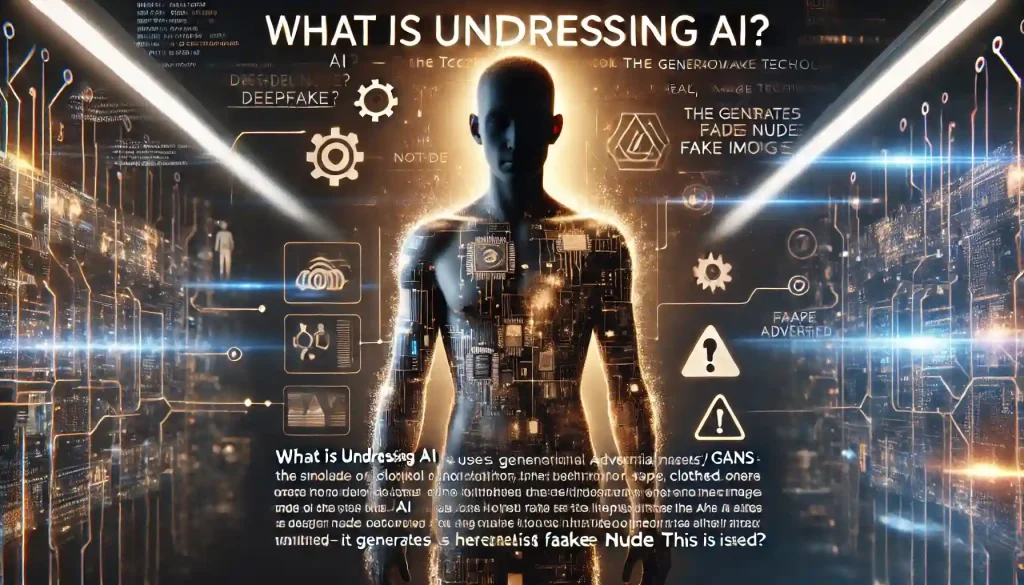
The process often involves:
- Uploading a clothed image of a person (often stolen from social media)
- The AI uses trained models on large nude datasets
- It then generates a hyper-realistic fake nude version of the original image
Some tools promise this with just “one click” or within seconds.
These tools have no verification system, are often free or sold on the dark web, and are spreading through Telegram groups, Discord servers, and shady websites.
From Harmless Innovation to Harmful Exploitation
When deepfake tech first emerged, it held promise for:
- Movie production without stunt doubles
- Realistic virtual avatars
- Language translation with synced lip movements
But the innovation has been hijacked by bad actors. What began as novelty has turned into a global violation of privacy and dignity.
Real-World Impact:
- In South Korea, a Telegram group used undressing AI to target over 100,000 women, leading to widespread national outrage.
- In the US, teens have used it to exploit classmates, prompting urgent school investigations.
- Celebrities and influencers are frequent targets, as their public images are easily accessible and widely shared.
The Ethical Abyss: Why Undressing AI is a Form of Digital Sexual Abuse
This technology strips away more than clothes—it strips away consent, control, and identity.
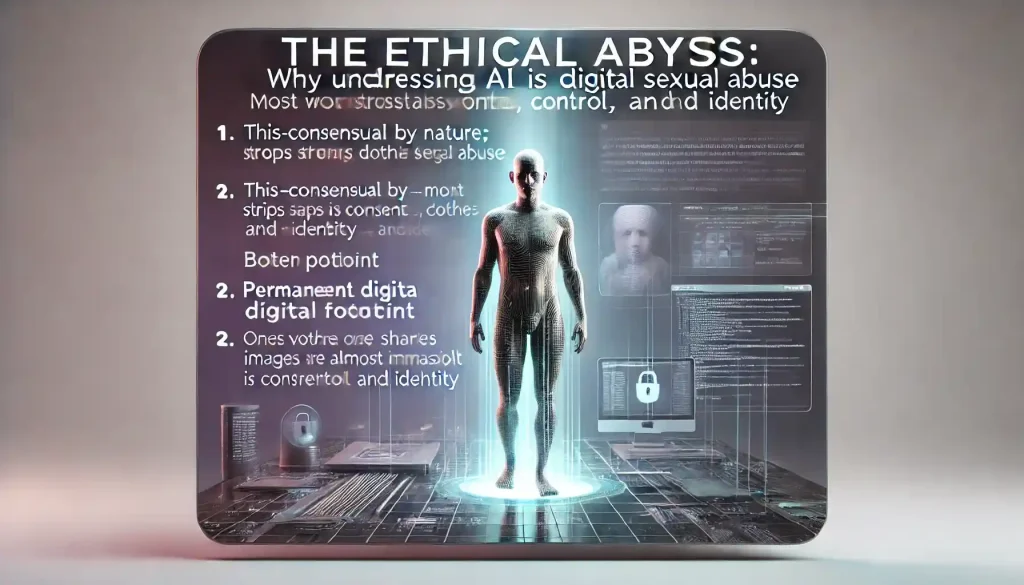
Why It’s Ethically Wrong:
- Non-consensual by nature: Most victims are unaware their images are being used.
- Weaponized against women and minors: Over 90% of targets are female.
- Permanent digital footprint: Once an image is shared, it can never truly be erased.
- Psychological trauma: Victims report depression, anxiety, and even suicidal thoughts.
This isn’t just “AI gone wrong”—it’s a tool for harassment, exploitation, and manipulation.
The Legal Dilemma: Are We Doing Enough?
Despite the severity, most countries lack specific laws targeting undressing AI or deepfake porn.
Current Legal Landscape:
- UK: The Online Safety Act addresses deepfakes, but enforcement is limited.
- US: Laws vary by state; some have criminalized deepfake porn, but many haven’t.
- EU: GDPR provides some protection under image rights, but deepfake-specific laws are still evolving.
Why the Legal System Struggles:
- Laws can’t keep up with the speed of tech.
- Jurisdiction issues arise in cross-border digital crimes.
- Proof and identification of creators/users is difficult.
There is a growing demand for unified global legislation, and tech companies must be compelled to take proactive roles.
How Undressing AI Spreads: The Platform Problem
Despite their harmful nature, undressing AI tools and content continue to proliferate across platforms.
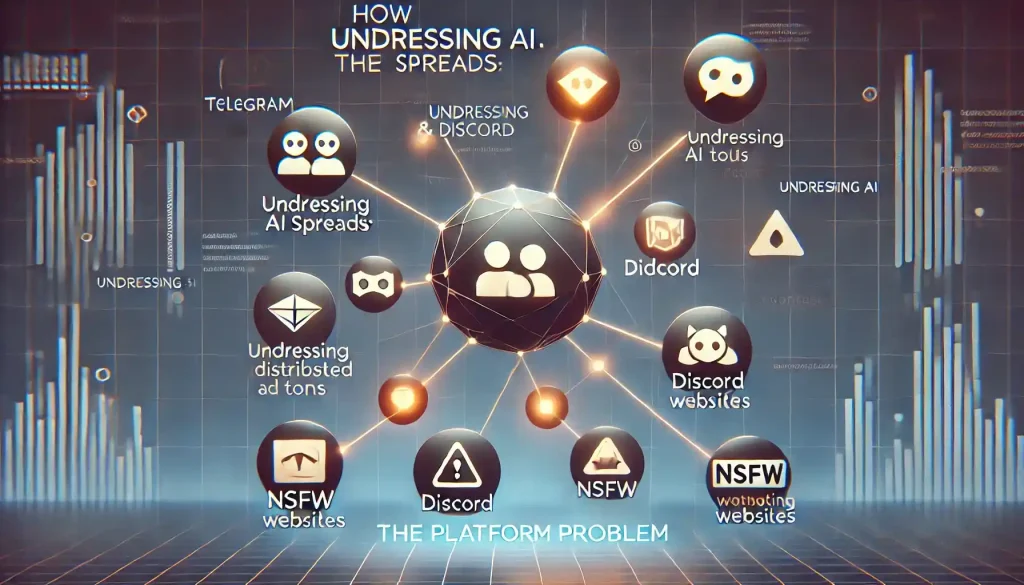
Common Platforms Involved:
- Telegram and Reddit: Home to undressing AI bots and communities
- Discord: Used to distribute tools in private servers
- Websites with NSFW content: Hosting or promoting undressing apps
Some platforms have banned these tools, but enforcement is inconsistent. Content moderation often misses AI-generated fakes unless reported.
Combating the Crisis: Detection, Awareness, and Defense
There’s a pressing need for a multi-layered strategy to combat the rise of undressing AI.
Tech Solutions:
- Deepfake Detection Tools: Meta and Microsoft are investing in AI to detect AI.
- Watermarking AI-Generated Images: So they can be easily identified.
- Content Moderation AI: Enhanced algorithms to flag harmful fakes.
Awareness Campaigns:
- Public education about AI misuse
- School programs on digital ethics
- Empowering individuals to report and seek help
What Victims Can Do:
- Report the image to the hosting platform
- Seek legal aid based on digital harassment laws
- Use AI detection tools to prove the image is fake
- Contact digital rights organizations for support
The Role of Developers and Policymakers
Developer Responsibility:
- Avoid releasing open-source tools that can be easily misused
- Build consent verification features into AI apps
- Collaborate with ethical boards before release
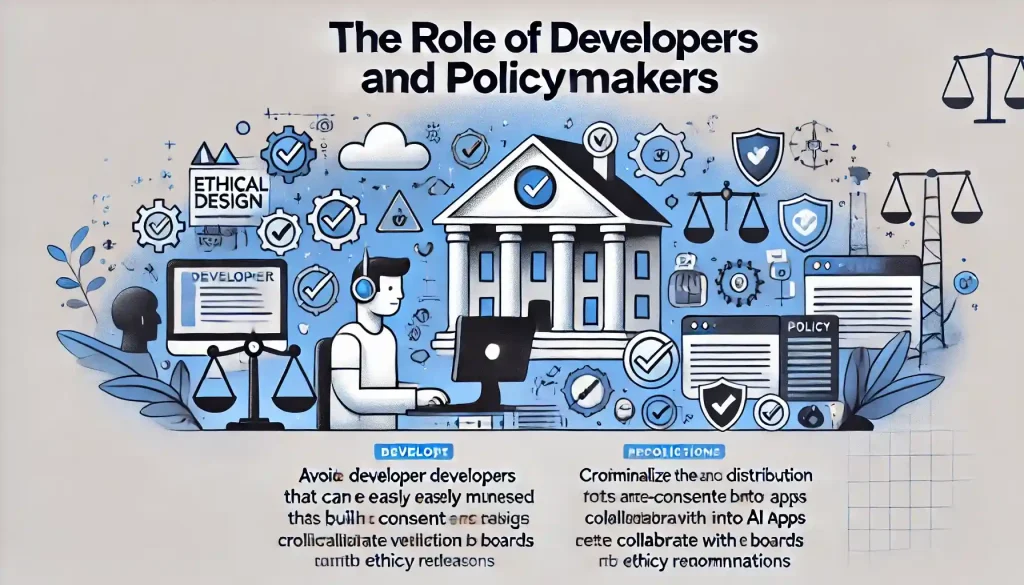
🏛️ Policy Recommendations:
- Create AI-specific privacy laws
- Criminalize the creation and distribution of non-consensual AI nudes
- Mandate tech platforms to moderate and remove harmful AI-generated content
Looking Ahead: Responsible AI Development
The rise of undressing AI serves as a harsh lesson in what happens when innovation lacks guardrails. AI should empower, not exploit. The tech community, lawmakers, and society at large must work together to:
- Encourage ethical development
- Protect individual rights
- Regulate misuse at every level
We’re at a turning point—if we act now, we can guide AI toward a more respectful and secure digital future.
Conclusion
The rise of undressing AI is not just a technological issue—it’s a moral crisis. What once stood as a beacon of innovation has, in some hands, become a tool of humiliation and harm.
As AI continues to evolve, we must ask ourselves: What kind of future are we building? One of empowerment or exploitation?
By raising awareness, enacting robust laws, and demanding accountability from developers and platforms, we can turn the tide—from violation back to innovation with integrity.
Read More: Mobile Phones in the 90’s – A Look Back at the First Gen of Wireless Tech



